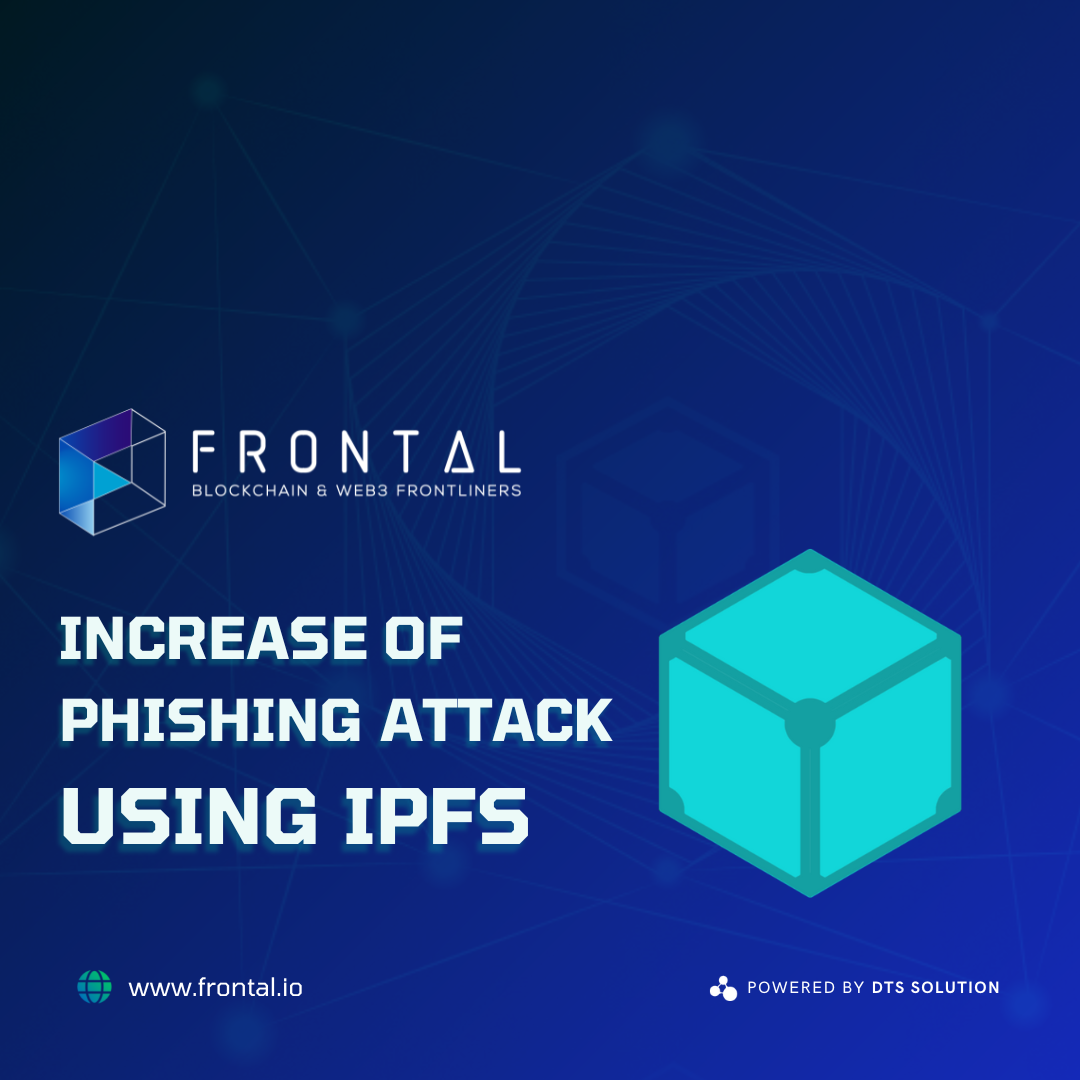The decentralized file system solution known as IPFS is becoming the new “hotbed” for hosting phishing sites, researchers have warned.
Cybersecurity firm Trustwave SpiderLabs, which disclosed specifics of the spam campaigns, said it identified no less than 3,000 emails containing IPFS phishing URLs as an attack vector in the last three months.
IPFS, short for InterPlanetary File System, is a peer-to-peer (P2P) network to store and share files and data using cryptographic hashes, instead of URLs or filenames, as is observed in a traditional client-server approach. Each hash forms the basis for a unique content identifier (CID).
The idea is to create a resilient distributed file system that allows data to be stored across multiple computers. This would allow information to be accessed without having to rely on third parties such as cloud storage providers, effectively making it resistant to censorship. Taking down phishing content stored on IPFS can be difficult because even if it is removed in one node, it may still be available on other nodes. The attacks observed typically involve some type of social engineering to lower the guard of targets in order to coax them to click fraudulent IPFS links and activate the infection chains.
These domains prompt potential victims to enter their credentials to view a document, track a package on DHL, or renew their Azure subscription, only to siphon the email addresses and passwords to a remote server.
“With data persistence, robust network, and little regulation, IPFS is perhaps an ideal platform for attackers to host and share malicious content,” the researchers said.
The findings come amid a larger shift in the email threat landscape, with Microsoft’s plans to block macros causing threat actors to adapt their tactics to distribute executables that can lead to follow-on reconnaissance, data theft, and ransomware. Viewed in that light, the use of IPFS marks another evolution in phishing, giving attackers another lucrative playground to experiment with.
“Phishing techniques have taken a leap by utilizing the concept of decentralized cloud services using IPFS,” the researchers concluded.
“The spammers can easily camouflage their activities by hosting their content in legitimate web hosting services or use multiple URL redirection techniques to help thwart scanners using URL reputation or automated URL analysis.”
What’s more, these changes have also been accompanied by the use of off-the-shelf phishing kits – a trend called phishing-as-a-service (PhaaS) – that offer a quick and easy means for threat actors to mount attacks via email and SMS.
Indeed, a large-scale campaign discovered last month was observed using a four-month-old PhaaS platform dubbed Robin Banks to plunder credentials and steal financial information from customers of well-known banks in Australia, Canada, the U.K., and the U.S., cybersecurity firm IronNet disclosed this week.
“While the primary motivation for scammers using this kit appears to be financial, the kit does also ask victims for their Google and Microsoft credentials after they travel to the phishing landing page, indicating it could also be used by more advanced threat actors looking to gain initial access to corporate networks for ransomware or other post-intrusion activities,” the researchers said.


